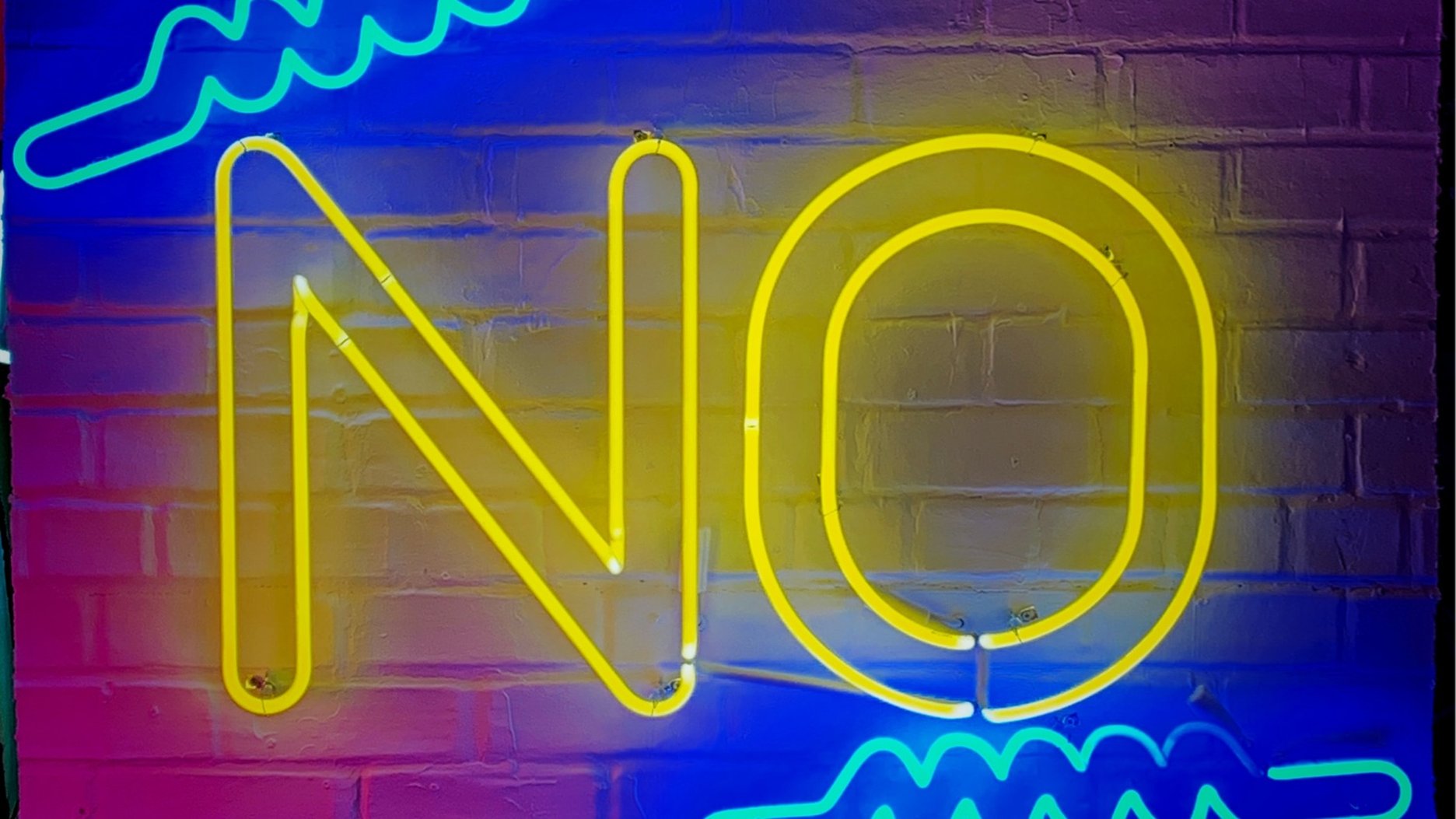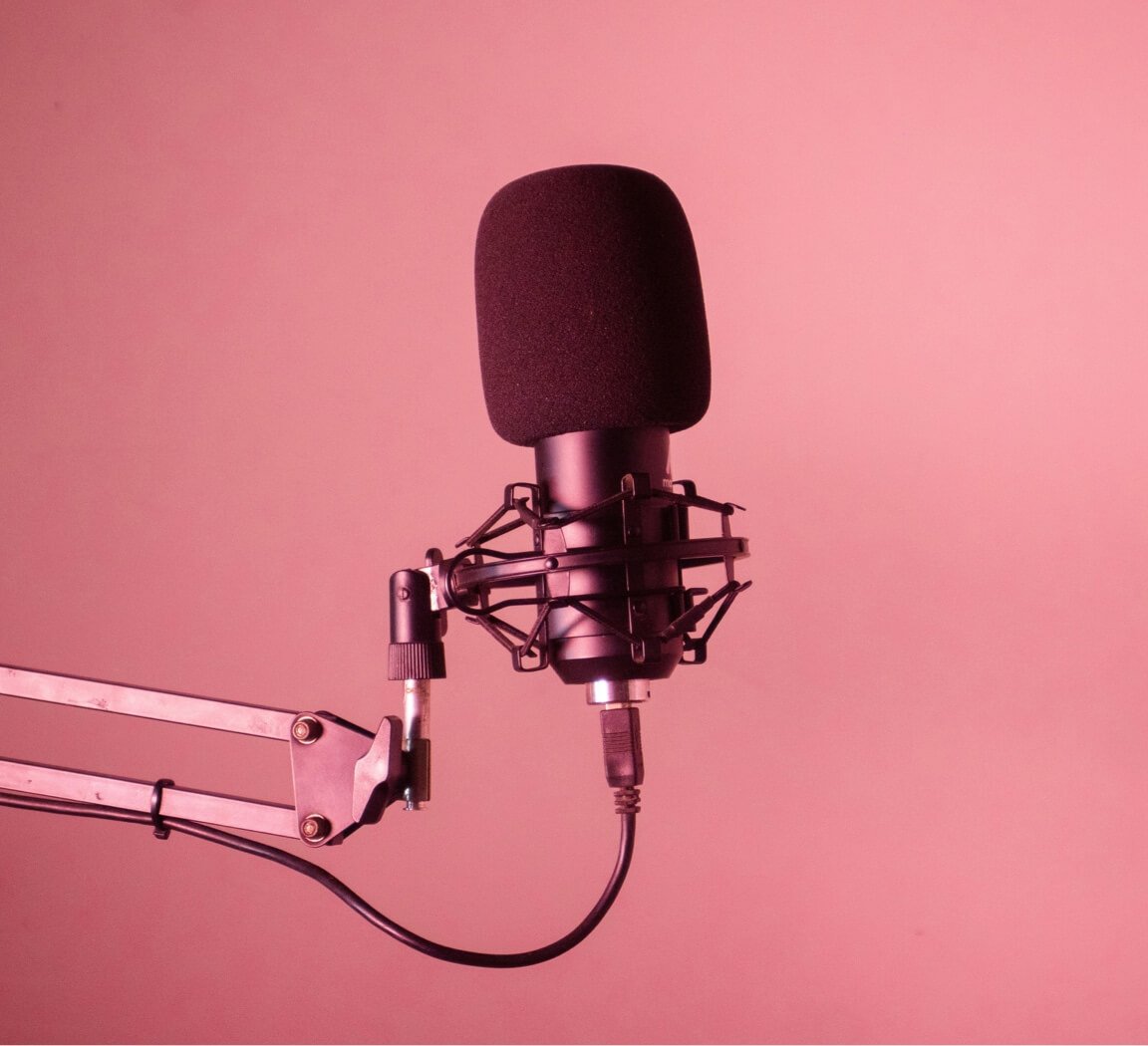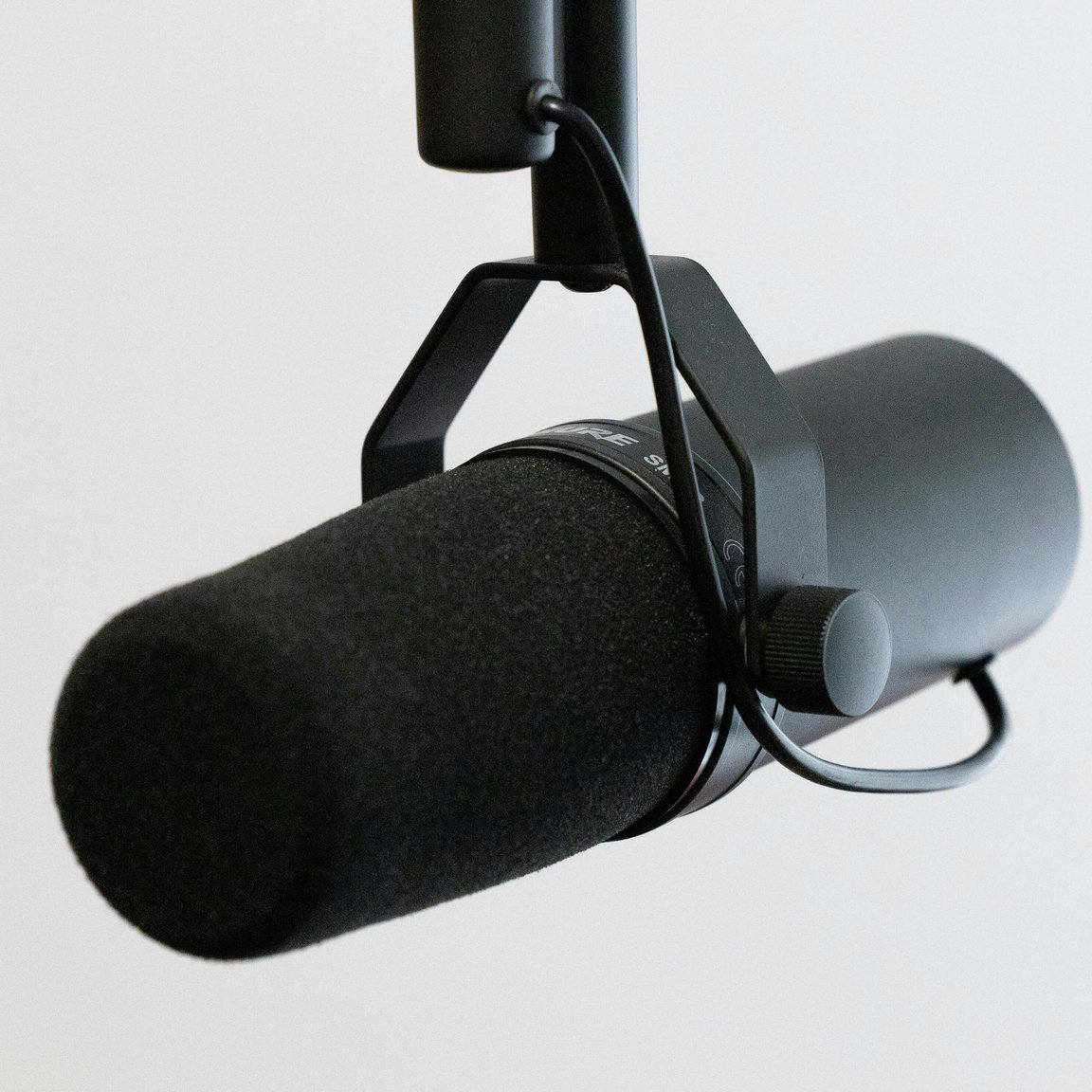Growing up, I never really got traditional punk music. I liked pop punk from the 2000s with all its edges sanded off and the vocals, if not autotuned, then on point, but the real, raw stuff from the 70s, made by people who didn’t know how to play music, was never something I could see the point in.
Like with music, I think everyone should get a shot at podcasting if they want to, but I think you should do the work first to learn the theory before diving into the practise. That doesn’t mean everyone should train as an audio engineer, but there are some basics people should learn.
In my five years working full-time in podcasting, my 12 years as a producer-for-hire, and my 38 years of being somewhere on the detail-orientated end of the autistic spectrum, I’ve listened to a lot of new podcast intros, and even in my twelve weeks writing for The Iceberg and seeking out new indie shows, I’ve noticed some common elements that turn me off as a listener.
Turnoff #1: Boilerplate audio
Tools like Alitu and whatever one Libsyn recently bought, are designed to allow complete novices to upload audio and arrange segments like building blocks. That, and the increasing pressure to “put out content” on a regular basis means DIY podcasters are resorting to opening each episode in exactly the same way. I don’t mean they’re reading the same script; I mean they record the intro once, then paste it at the beginning of their episode.
Now the podcaster has become divorced from the flow of their content, which is evidenced by the fact you often hear the same greeting being given twice: once in the cut-and-pasted intro, then again once they’ve hit Record on the actual episode, forgetting they’ve already introduced the show. In one case I’ve heard exactly the same tagline being given twice.
You can also always tell the episodes that have been compiled using one of those block audio editing tools, as there are multiple seconds of silence between the intro and the actual episode. Yuck.
How to do this elegantly
I edit a podcast that has an identical intro, but it’s not the first thing the listener hears. Right before the opening theme music and the pre-recorded intro, there’s a cold open. In an ideal world this would contain some useful info about the episode – like the guest, the subject matter, or a hook to keep me listening – but in this case it’s just the episode number. However, because the audio is assembled professionally and not in a block audio editor, the music is introduced just as the host is finishing up their cold open, and fades away once the body of the episode is underway.
Another way to make this more palatable is simply to be aware of the intro at all times: remember what information or greeting is being imparted to the listener, and what was said last, so when you come to he body of the episode, you’re not treading over old ground.
Why does this matter?
Repeating stuff that’s in the pre-recorded intro signals to your listener that you’re not really invested in the overall product, and that you haven’t paid the same attention you’re asking them to pay. Even though many of us use podcasting to serve an audience with a view to furthering our businesses, it is still a creative art form, and creativity does not come in flat-packed panels you snap together.
Turnoff #2: Over-long music
I enjoy the process of matching music to a podcast host, when I’m working on a new project. I think about the host’s tone of voice, their energy level, the subject matter of the podcast, and the audience.
But I’m putting all that work in for, at maximum, maybe 15 seconds of music, most of which is heard underneath the host’s voice (in radio this is called a bed).
My favourite intros I ever put together were in Bitrate. Each episode opened with a snippet of conversation – like the outtake usually found at the end of an episode – which was punctuated by an aggressive “whoop-whoop” sound followed by our chiptune/dupbstep theme music (it was all part of the same track). This high-energy opening set the tone for the show, and communicated that it would be fun, wouldn’t take itself too seriously, and – accompanied by a robot announcer reading the episode title – that there would be a tech angle to the discussions.
For Bitrate, it started with that music. Once I had that, I knew the shape of the intro. But while it was somewhat involved and highly-produced, it wasn’t over-indulgent, and that’s the important and sometimes difficult thing to consider: you might spend hours or even days trying to find the right piece of music, but if you’re doing it right, it should merely be seasoning, not the main flavour.
Surely there are exceptions
Of course. Again, these aren’t rules to live and die by. My beloved Mission to Zyxx has a luxurious intro that I never skip. Penn’s Sunday School has a full-on custom intro sung by Penn and the wife of one of the co-hosts, but within the instrumental breaks is woven a rallying cry from co-host Michael Goudeau, so while the song is the same, the spoken-word intro is always different. We Got This! with Mark and Hal is a curious case, as it has a pre-made cinematic opening followed by a per-episode intro and then a goofy theme song.
Turnoff #3: The pre-roll
If you’re opening your episode with an ad, you’re putting your listener last. If you have a contract that requires a pre-roll ad and you don’t feel you have the power to negotiate – first, try, because your listener relationship is more important than the $50 you’ll earn from that spot – you can still welcome the listener, let them know what they can expect from the episode, then jump into the ad spot if you have to. The Allusionist and ZigZag are two shows that have done this well.
You can hear the “best” examples of bad pre-roll ads on, and for, Anchor. I think my main beef here is the idea that ads are somehow a podcast’s birthright. I’m sure this comes from a misplaced sense of legitimacy, that by having ads on your podcast you’re somehow “a real contender”, and hey, if Anchor will “let you advertise them”, it makes your show sound grown-up. Utter crap. What makes your show legitimate is you, and your commitment to your audience. Advertisement isn’t a metric of success, and chasing affiliate-based ads is a little needy. I know, I’ve run them on more than one podcast.
Mark, why do you hate ads so much?
I actually don’t. I dislike dynamically inserted ads from marketplaces, that are divorced from the style of the show I’m listening to. I skip over-long ads, and I like clean separation between ads and content. And no, ads aren’t content.
I have lots of opinions about ads, some complex, but I listen to lots of shows with them and they keep those podcasters fed, so I’ve no problem with them. But one of the biggest preconceptions I have to fight is that you should begin any new podcasting project by asking how to monetise it. Monetisation is easy; building an audience that can be monetised without undue compromise is harder.
Turn-off #4: The professional voice-over
There’s a tradition in UK standup comedy that acts do their own intros. They literally stand in the wings with the mic they’ll use to deliver their set, and introduce themselves in the third person. When you think about it for a second, that’s a super-weird tradition. I mean, why do we do that? Anyway, I’m getting distracted… In podcasting, third-person bit aside, this is entirely the right fit.
If you’re the host of a podcast, d’you know who should introduce it? You! Another mistake I see newcomers make is buying voiced intros on Fiverr or elsewhere, again with the idea of lending the show some legitimacy.
To me, that indicates a combination of naivety and dressing for the wrong job: like turning up to an interview at a scrappy iOS games company in formal wear and handing out business cards to everyone you meet. Just, y’know, read the room, and dial it back a bit.
I totally get the urge to do this, by the way. Getting a silky-voiced radio dude to say your name in a mid-Atlantic accent is cool. I spent about £50 18 years ago getting some guy in this States to record a few intros for my student radio show. “Live from the cupboard under the stairs, it’s Mark Steadman” is one I remember fondly. But just as my adolescent over-slick nasal and nerve-tinged presentational style didn’t reflect the presenter I would become, the Tony the Tiger impersonator I hired didn’t represent who I was either.
Again, all the legitimacy you need is your dedication to your craft and your audience.
Turn-off #5: Early calls-to-action
This circles back to the advertising point above a little, in that podcasters need to deliver some value first before asking for stuff in return. When you do this – the call to subscribe, rate, review, etc – isn’t set in stone, but it shouldn’t be among the first things you do. If I’m a new listener, I haven’t built up that trust in your output yet, so I’m not ready to do you a solid when you’ve not shown me what you have to offer.
Of course, the very real fear is that the listener might disengage from your episode before you’ve had the chance to ask them for a favour, so it’s sensible to think about when you deploy a call-to-action. For List Envy, my top-five list-building podcast, I did that after the guest and I had read our respective top fives, but before we’d combine our lists into one. That natural break created a tiny moment of suspense I could capitalise on. In Beware of the Leopard, my Hitchhiker’s Guide to the Galaxy podcast, the calls-to-action where right at the end of the episode but before any outtakes, which is more traditional.
You should derive value out of your podcast just as your audience should, so you have a right to put your call-to-action where it’ll be the most effective. I just think you need to be aware of the bargain you’re making with your listener, and demonstrate value before asking for something in return, especially if you’re actively looking to attract new listeners.
Takeaways
I’ve been accused before of trying to make all podcasts sound the same, so hopefully you can see here that I embrace the differences. I’m not saying what podcasters should do, but merely providing things I think we should look out for and avoid:
- Over-long, repetitive intros
- Lingering on the theme tune
- Pre-roll ads, especially for the podcast host you’re currently using
- Professional voice-overs
- Premature calls-to-action
Whenever we’re presented with something that reads as a bit polemical or dogmatic, we instinctively reach for contradictory examples. I want to hear them! If you’ve read what I’ve said here and disagree or you’ve found exceptions I haven’t mentioned, let me know.
And if you’ve read this and it’s put the fear of God into you and you’d like someone to check over your work to see if there are any potential pitfalls you can avoid, I’m open for drop-in sessions.





